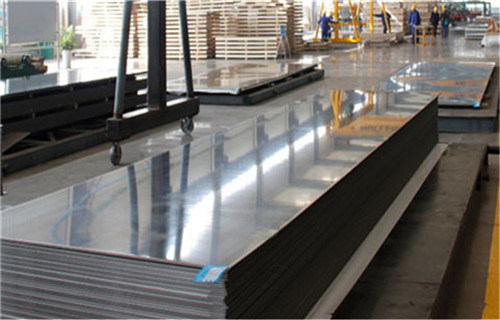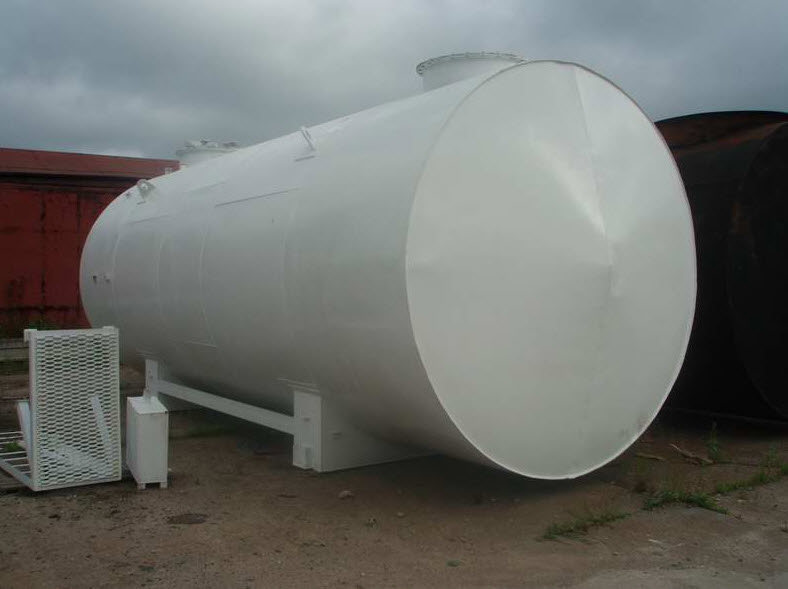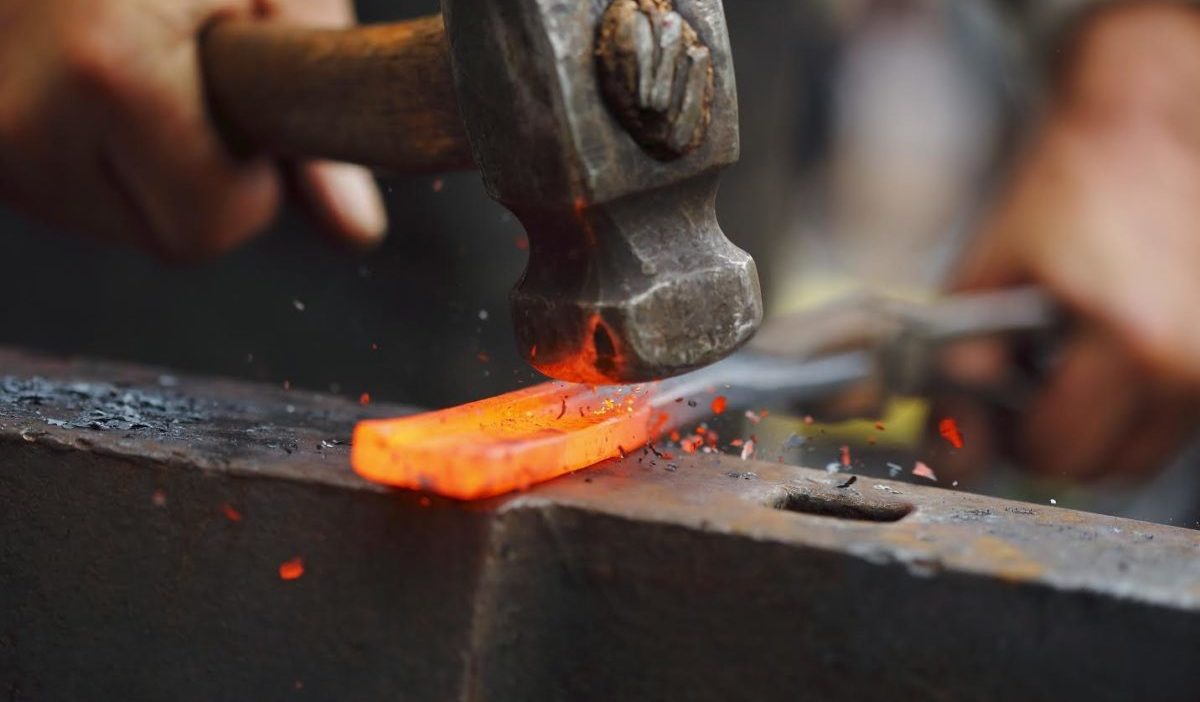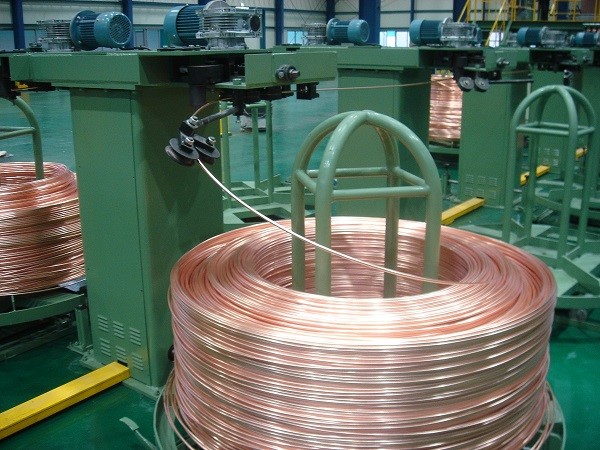Heat treatment

In order to achieve specific attributes, metal undergoes additional processing, with a key focus on the implementation of heat treatment. Heat treatment is applied to metal either as an intermediate step prior to rolling or as a concluding phase in the technological process, aiming to confer desired levels of strength, flexibility, hardness, and other characteristics to the final product. Our company is prepared to tailor the properties of both metals and finished products, and we invite you to contact us by phone for comprehensive information.
Varieties of Metal Heat Treatment In the contemporary landscape, a multitude of distinct heat treatment methods exist, each capable of imbuing specific attributes into the metal. Among the principal techniques, the following stand out:
Hardening
Tempering
Annealing
Cementation
Nitriding
Aging
Over an extended span of time, annealing, tempering, and hardening have emerged as the most widely utilized heat treatment methods.
Hardening
Hardening, a form of metal and alloy heat treatment, entails subjecting the metal to heating beyond its critical temperature, which induces a transformation in the metal's crystal lattice structure. This is subsequently followed by rapid cooling in either water or oil. Hardening is employed to enhance the surface layer's hardness in instances where increased hardness is desired. It's important to note that as hardness increases, ductility diminishes and brittleness amplifies.
Tempering
Tempering is a service within the realm of metal heat treatment that counteracts the hardening process. This procedure serves to reduce the metal's hardness and strength while augmenting its flexibility. Tempering is frequently executed subsequent to hardening to mitigate the metal's brittleness. This gradual process involves heating the metal to temperatures ranging between 150 to 650 degrees Celsius, followed by gradual cooling in ambient air.
Annealing
Annealing constitutes a heat treatment method focused on diminishing the metal's hardness level to enhance machinability, rectify its structure, refine cast steel's composition, and eliminate inherent stresses. This procedure entails elevating the metal's temperature above critical levels, subsequently facilitating gradual cooling in ambient air to achieve the desired outcomes.
+39 035 236452
sale@triestepg.com
Trieste Procurement Group SRL
Via Sant'Alessandro, 24122 Bergamo (BG)



